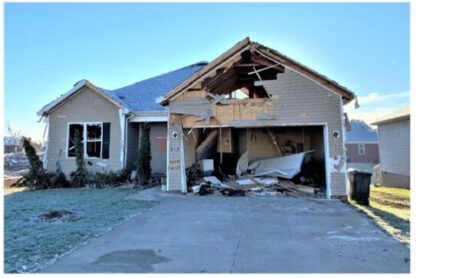Subtotal: $50.00
- Course No.: E – 2063
- PDH Units: 2
No data found for Custom Course Number
No data found for Custom Course Units
- Course No.: E – 2063
- PDH Units: 2
Intended Audience: Structure and Civil Engineers.
PDH UNITS: 2
The objective of this course is to assist a licensed design professional, practicing structural engineers, forensic structural engineers, consulting engineers, building officials, educators, students and/or a licensed general contractor how to identify the defects in concrete structures that could cause disasters when the structures are exposed to the earthquakes plus possible retrofit strategies. Many older concrete buildings contain one or more of the deficiencies identified in this course. While these conditions can lead to collapse, there are many examples of buildings that survive strong shaking without collapse. The challenge is to identify when these deficiencies will lead to building collapse and when they will not. The importance of this course lies in the fact that there are not a sufficient number of references dealing with this topic, so the course was designed to be a guide for the structural engineers. This course is intended especially for the practicing structural engineer, though it will also be useful for building officials, educators, and students.
Learning Objectives
At the successful conclusion of this course, you’ll be able to identify and discuss:- Shear-critical columns weakness
- Unconfined beam-column joints weakness
- Slab-column connections weakness
- Splice and connectivity weakness
- Weak-story mechanisms
- Overall weak frames
- Overturning mechanisms
- Severe plan irregularity
- Severe vertical irregularity
- Pounding mechanisms
- Conventional coupling beam failure
- Structural masonry failure
Once completed, your order and certificate of completion will be available in your profile when you’re logged in to the site.


 E - 1111 Disinfection with Peroxone
E - 1111 Disinfection with Peroxone 







